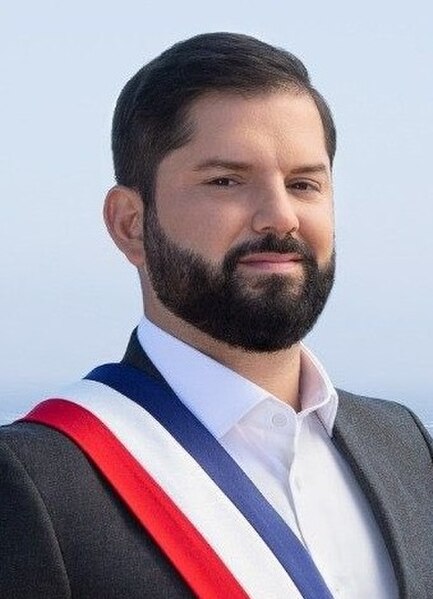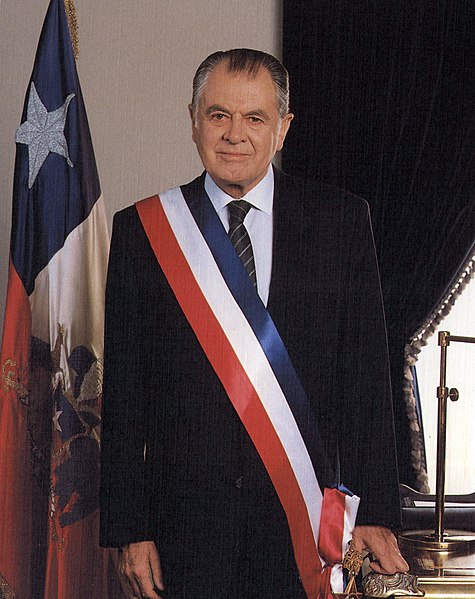Chile's government is a representative democratic republic, whereby the President of Chile is both head of state and head of government, and of a formal multi-party system. Executive power is exercised by the president and by their cabinet. Legislative power is vested in both the government and the two chambers of the National Congress. The judiciary is independent of the executive and the legislature of Chile.
National Congress of Chile in Valparaíso
The Palacio de los Tribunales de Justicia de Santiago.
The President of Chile, officially known as the President of the Republic of Chile, is the head of state and head of government of the Republic of Chile. The president is responsible for both government administration and state administration. Although its role and significance have changed over time, and its position and relations with other actors in the national political organization have also evolved, it remains one of the most prominent political offices in the country. It is also considered one of the key institutions that form the "Historic Constitution of Chile," and is crucial to the country's political stability.
President of Chile
Juan Antonio Ríos voting in the 1942 election, where he was elected as President.
Both Michelle Bachelet (center) and Sebastián Piñera (right) were elected for two non-consecutive terms.
President Patricio Aylwin (in office 1990–1994) wearing the presidential sash in his official portrait.






